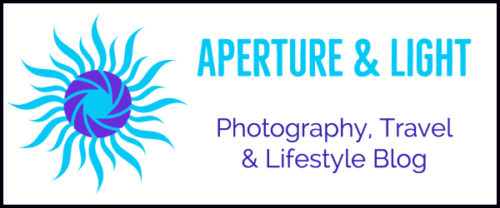It’s not the subject that’s important, it’s the light. It was only when I realized something very basic, yet so powerful, that my photography improved considerably. The subject can be as uninviting as a bin bag. Or, as uninviting as an old kitchen door. Yet when there’s good light, there can be a picture.
So, I shifted my focus from physical things to light.
When I started as a photographer, I used to think it’s the subject that makes a good photograph. In “ugly” surroundings for example, I would think there’s nothing worth capturing, no good picture to be had. At the same time, I kept wondering why my photography lacked a consistent “special something”.

Soon, I began to take notice of the light, wherever I was. And ever since my everyday photography got so much richer and more interesting, too. Which is so helpful, especially now, in times of lockdown. Something like a bunch of notebooks can look almost poetic when being hit by interesting light.
Your use of light defines your style
Light and your own way of using it, is as well a good starting point for shaping your unique style. Personally, I tend to be more on the dark side. Which means I don’t mind underexposing the scene in order to get my highlights (the brighter areas in the frame) just the way I want them. In fact, I find this adds mood and atmosphere – and often drama. But you know, that has something to do with taste and personal preference.

Who knows, in a few years I might prefer more of an airy style. The point is, by knowing how to use the light and how to adjust exposure to shape it the way you want it, you can choose.
What’s important is, that you know how you need to expose and what kind of light you need to look for in order to get what YOU like. Then, your style is not something that happens by accident and in an inconsistent manner, but on purpose. And then, you can abandon and switch styles, if wanted or needed.
Exposure makes a difference
As opposed to when using flash, where I set my exposure for the background first and then add my light on the subject, with ambient light I expose for the light – and let everything else fall into place.

Usually, I would use spot metering and then I would be metering on the light. When there is a lot of contrast, meaning a lot of shadows, this often results in underexposing the scene.
Sometimes this has the helpful side effect. It declutters your frame. Clutter just goes black and the eye is being led straight to the correctly exposed spot.
Because I like this way of exposing, I`m naturally watching out for contrasty light, for shadows and brighter spots. When I feel more on the “airy side”, I tend to watch out for a more even lights and brights . Examples? Clouds in front of the sun, or soft backlight when the sun is low.
What is your approach when it comes to using light for your personal style? Do you like a more evenly lit photograph? Or, do you prefer a lot of contrast and dark areas in the frame? Maybe you prefer to slightly overexpose and don’t mind a few blown-out highlights?
Whatever your favourite way of picture-taking is, what counts is that you are happy. Happy with what the photo expresses and what mood you evoke. Because after all, you want to tell your story in your own, unique way.
For additional reading on exposure: Camera Metering Options: Make Your Images Rock

